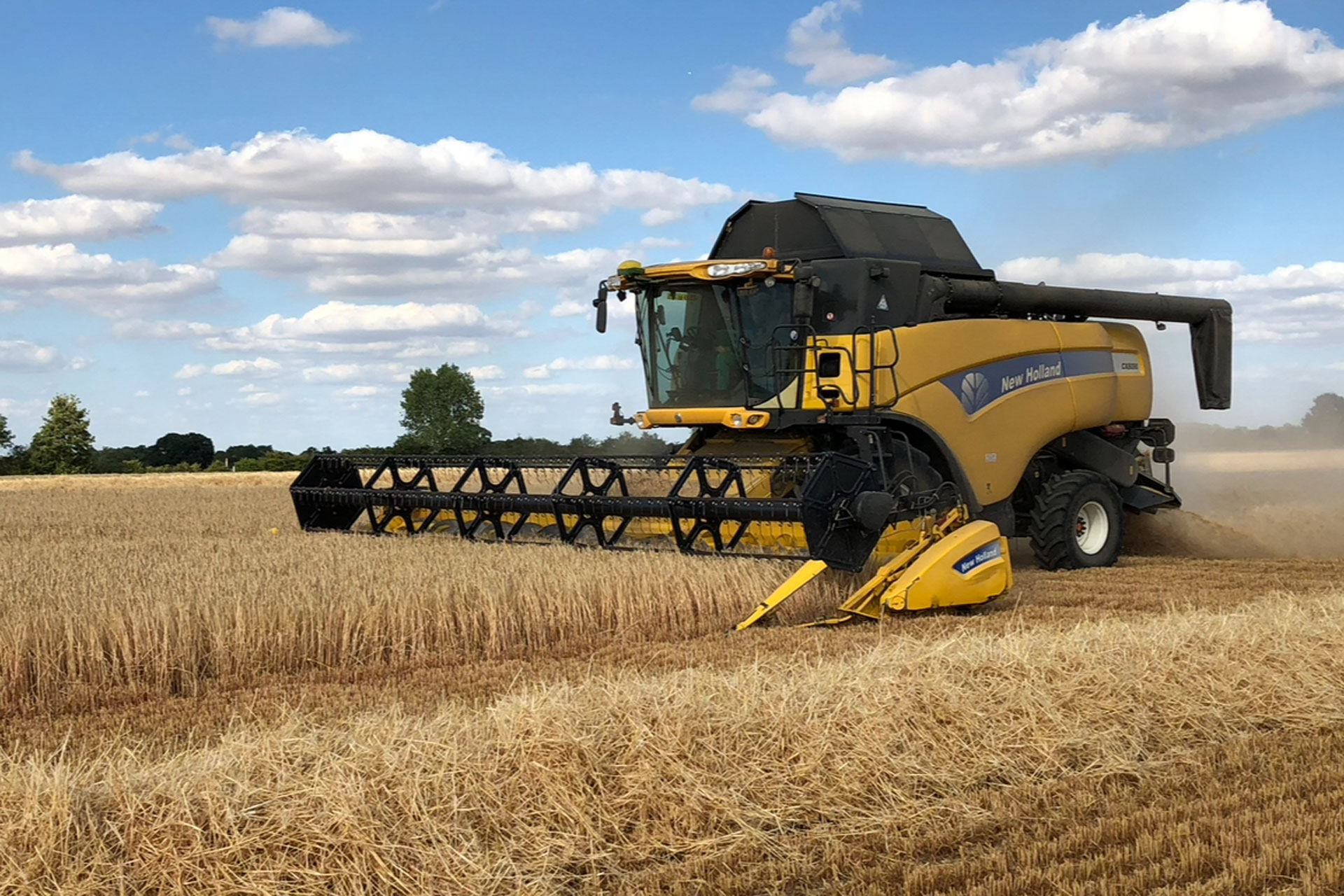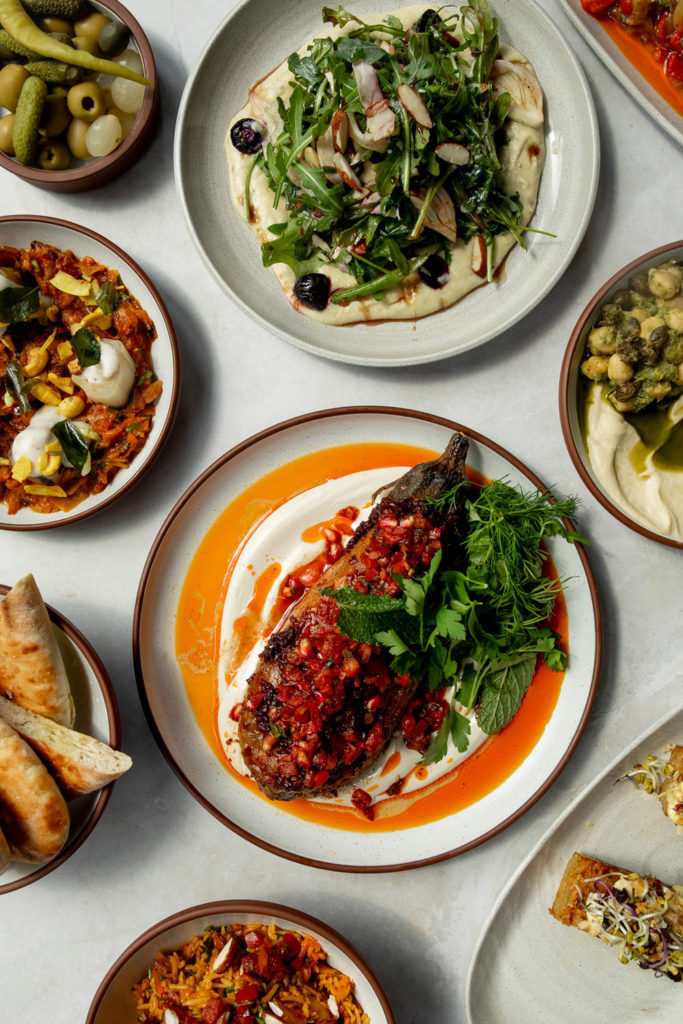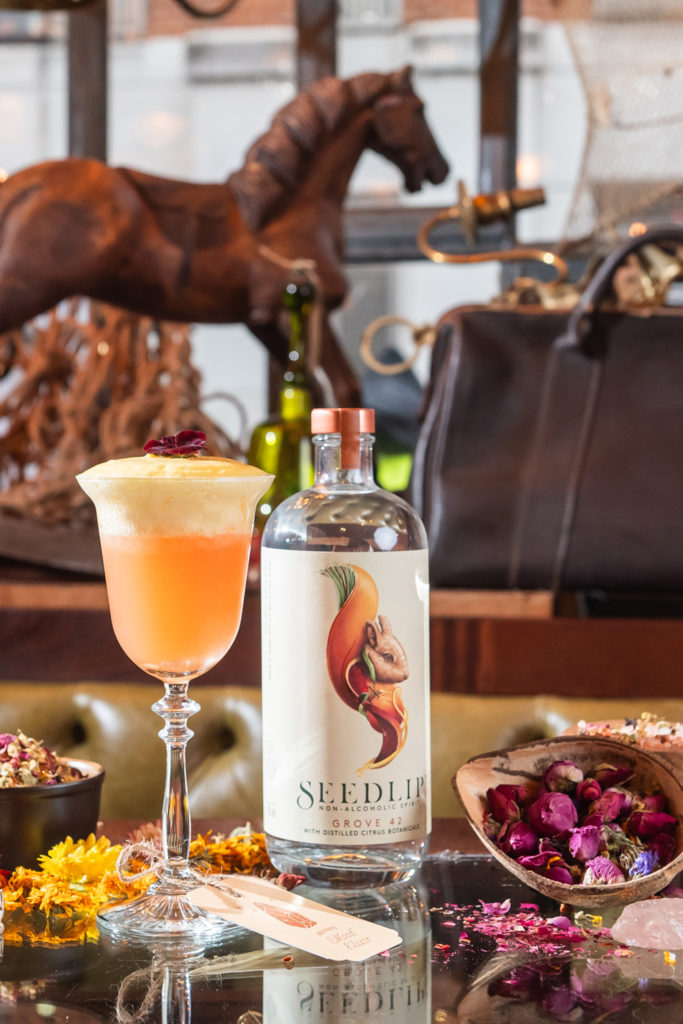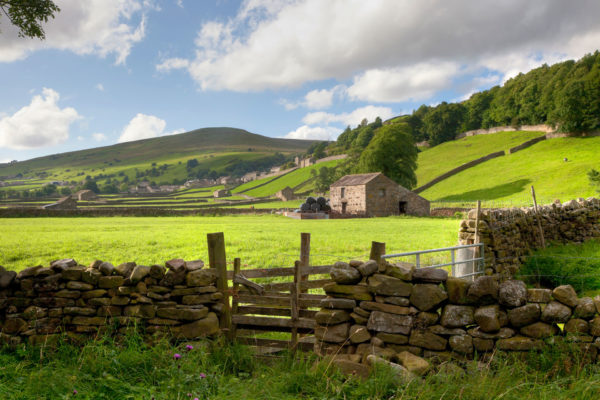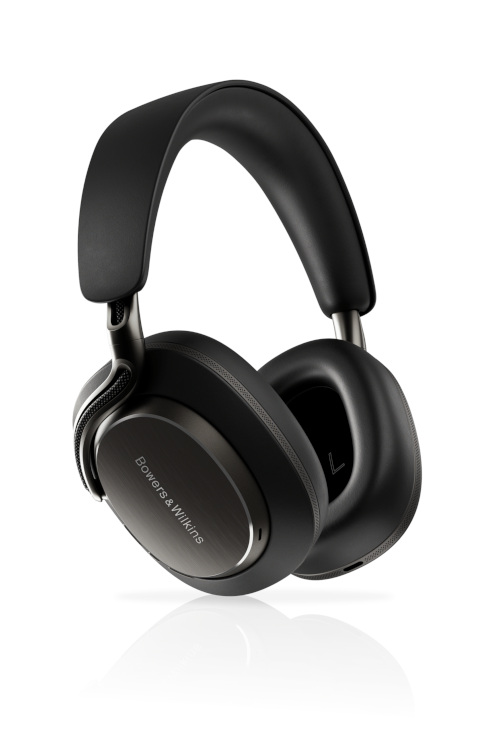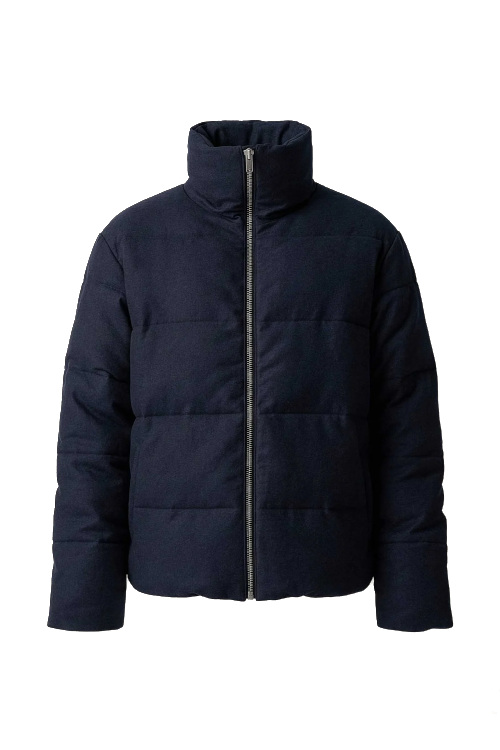Food & Farming with the Jefferies: Love British Food Fortnight
By
1 year ago
Why is Love British Food Fortnight so important for farmers?
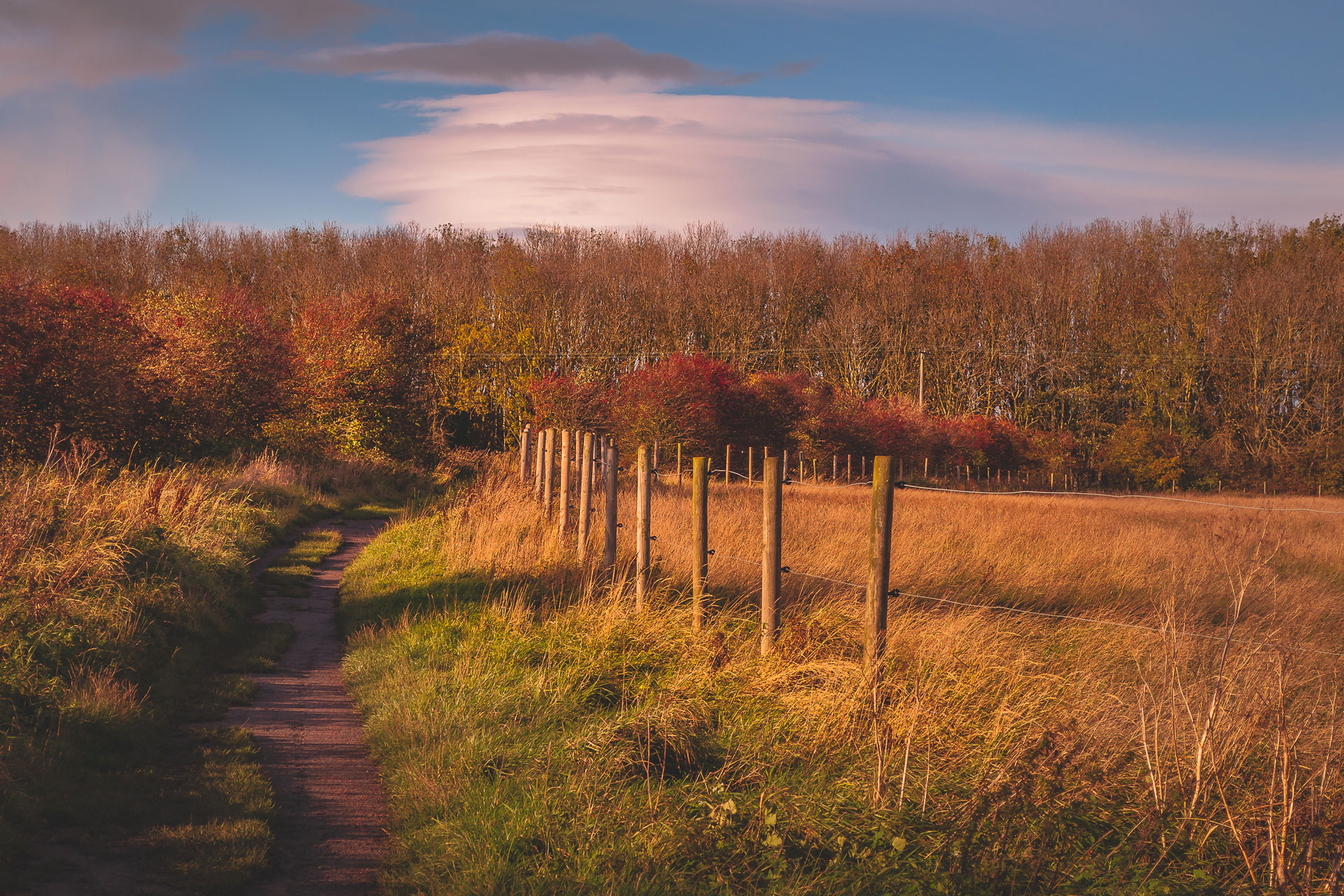
In our column, husband-and-wife duo John and Jenny Jefferies will give us some insight into life on their south Cambridgeshire farm. John is a farmer, while Jenny is a food writer, having penned books like For The Love Of The Land. They’re both passionate about British farming, and will share their expertise with C&TH on a bi-monthly basis. So what does autumn hold for the farming world?
What Happens On British Farms In September?
September is often the busiest month of the year on an arable farm. It is also one of the most important. This may seem strange coming on the back of the harvest month of August, but with the previous crop safely gathered, dried (if required) and stored, attention turns to the establishment of the next crop. This work starts immediately as the combine leaves the field.
Depending on chosen farming methods, the fields either need cultivation or the establishment of cover crops. There is muck spreading and working the soil to gain a seed bed. The better the establishment of the crop in the autumn, the better the harvest the following August. Mostly, the next cereal crop is planted in October, so the month of September is spent preparing for this.
The busyness within the fields always takes my mind to whether the public (our final consumers) notice what is happening all around them. Farmers take great time, care and pride in what they do. So much satisfaction is gained from doing a good job and seeing your produce enter the supply chain. It doesn’t matter what the crop is, seeing it appear in the shops labelled up with the British flag is always pleasing.
A frustration amongst farmers is when this does not happen, or when the food labelling lets us down. I have seen a display in a large UK supermarket chain where the fresh produce stand was festooned with the British flag but there was not a single item of British fruit within the display.
A thriving farming sector is wholly dependent upon transparency within the supply chain so that the final consumer of our British farm produce, who ultimately makes the decision to support our industry, can do so. These decisions are key to retaining the rural economy and landscape that we all love to be a part of. Food provenance and the public’s confidence in the produce they buy is the foundation block to this, in the same way as a successful September is the start of another bountiful harvest.
Love British Food Fortnight
Love British Food Fortnight is a huge, great and highly anticipated event that encompasses the enormity of basic provisions that is our food and drink. Hoping to help bridge the gap between producer and consumer in an educating, informative and entertaining way with stories, recipes, menus, tastings, activities and celebrations, you can follow @LoveBritishFood on Instagram to help keep abreast of all the festivities that are happening across the length and breadth of the country between the 20 September – 6 October 2024. Pop it in your diary!
Recipe: Forage Berry Meringue
To celebrate British produce, enjoy this following recipe for forage berry meringue, as featured in my cookbook, For The Love Of The Land II.
‘British farming is a world-leading and diverse industry; it’s something that we can really be proud of. This simple recipe combines some of those delicious ingredients for a celebration of British produce. To those who haven’t tried making meringue before, it’s easier than you think.’ – Farmer Tom, Village Farm, Haddon, Cambridgeshire
- Preparation time: 15 minutes
- Cooking time: 5 hours (including cooling)
- Serves 4
Ingredients:
- Foraged berries (raspberries, strawberries, redcurrants, blackcurrants, tayberries or similar)
- 3 large eggs (or 4 small ones)
- 180g caster sugar
- Icing sugar, to dust
- Sprigs of fresh mint
Method
- Preheat the oven to 140°c or 120°c fan, and line a baking tray with greaseproof paper. Pop the foraged berries in the freezer.
- Separate the egg whites carefully from the yolks (use the yolks to beef up your scrambled egg for breakfast) and then whip the whites in a glass bowl, gradually adding the caster sugar. You can add your choice of flavouring, syrup, or vanilla essence at this point if you like.
- When the meringue mixture has reached the perfect consistency (Nigella and Delia talk about ‘soft peaks’), spoon it on to the prepared baking tray (you can also use cupcake moulds, ramekins, or your receptacle of choice) and flatten out a hollow in each meringue for the fruit to sit in.
- Put the tray in the preheated oven to bake for 1 hour 20 minutes, or a little longer if you like your meringue crispy. Allow your meringues to cool completely once baked. Some people like to turn off the oven and leave them there, though you can transfer them to a wire rack for cooling.
- Bring your berries out of the freezer, allowing them to thaw and ‘mush’ a little before placing them on top of your meringues, filling the hollows you created, just before you’re ready to serve them.
- A shake of icing sugar (through a sieve of course) and a sprig of mint will make the mother-in-law think you studied at Ballymaloe.
Follow Jenny on Instagram for more updates from the farm

